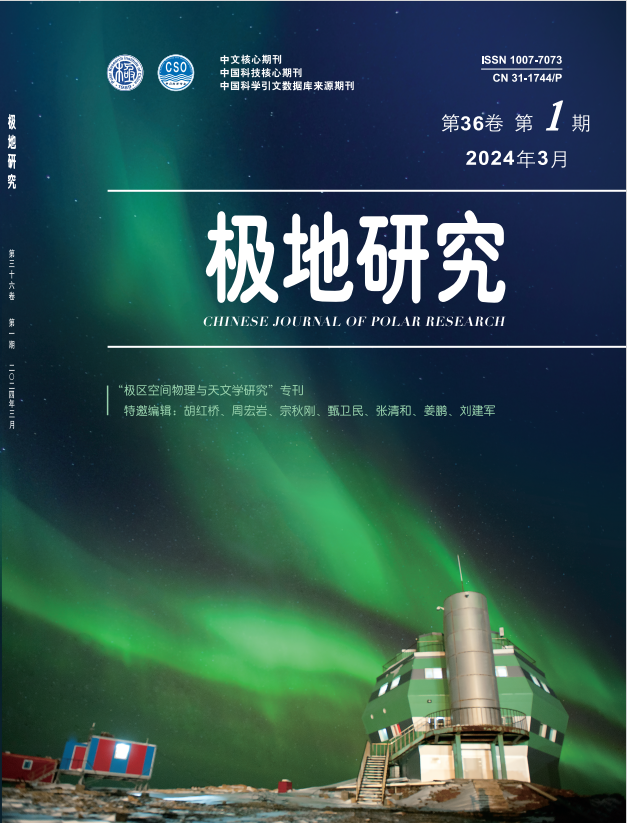The control software of astronomical telescopes, running on their control computer, is an essential part of a telescope’s operational chain and the critical technological interface between users and telescopes. For users, the control software is an interactive interface that allows them to automate observations, control telescopes remotely via satellite communications, and conduct regular system fault diagnosis. For telescopes, the control software commands the pointing and precise tracking of celestial objects, calculates and compensates system errors, and optimizes operations to maximize image quality. Compared with their mid-latitude counterparts, optical telescopes operating in Antarctica face specific challenges requiring a specially designed control software. In this article, critical technologies and design principles specific to the Antarctic optical telescope control software are described: operating system, remote transfer of the telescope pointing error correction model, automatic observation interface, remote satellite communication, remote operation and maintenance, and on-site telescope status monitoring and fault diagnosis. Future development of relevant technologies is also discussed. This article aims to provide a technical reference for future development of Antarctic astronomical telescopes and control systems.

